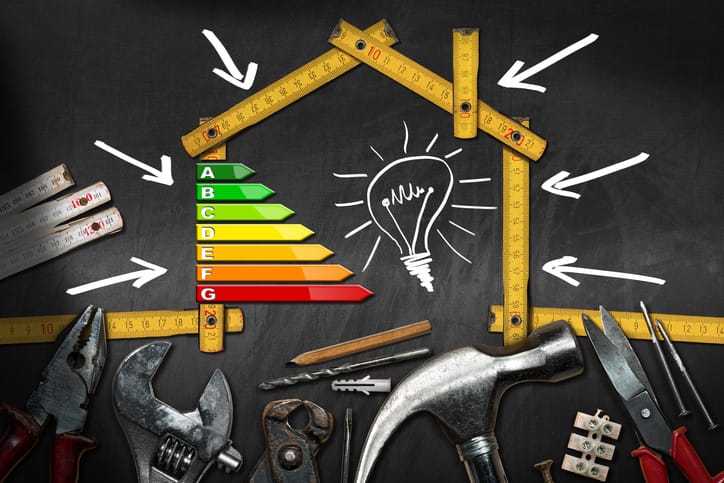As cold temperatures begin to creep in, homeowners need to make serious considerations, especially when they are thinking about attic insulation for the upcoming season. Your attic is perhaps the most important area in your home when it comes to insulation. This is because they help to reduce heartlessly and therefore reduces your overall home energy consumption.
It’s very important that homeowners understand and improve their aged or inadequate attic insulation as an important step to ensure a comfortable and energy efficient home. So, what makes your attic the most important part of your home to insulate? Well, the heat in your home rises and can escape through your poorly insulated attic which in effect significantly increases your utility bills. As long as you don’t use your attic as a dwelling space, then less energy can be used all around the year with well-insulated attic floors.
When you reduce the total space needed to be conditioned, you will subsequently reduce the usage of energy. Attic insulation improvements are so effective that the return on your investments can be as short as a couple of years. The savings that are made from insulation retrofits are estimated to be 15 to 30 percent annually.
If your home is located in an area that has consistent winter snowfall, then taking precautions to prevent ice dams that can form on your roof will help you save thousands of dollars in damage repair. It’s important for homeowners to note that damage caused by ice dams can be avoided in the following ways.
- Manually removing the snow off your roof
- Improving your attic insulation to cut down the heat loss causing the formation of the ice dams
What are the best types of green attic insulation materials?
Before you get into what green material is best for insulating your attic, it is important to locate air leaks since they are responsible for up to half of your home’s energy costs. Once you have completed this process, then it is important that you select the most appropriate insulation material that needs to be based on several factors.
The required metric by which all insulation material types are specified is known as the R-value, that is normally measured by the insulation material’s ability to resist heat flow. In this case, the R-value is the product of both the R-factor of the material and the inches of the insulation that is installed. A basic guide for homeowners to follow is, the higher the R-value, the better.
However, proper attic insulation varies from one region to the next due to climate zones. While taking an effort to reduce your energy usage is an important aspect when it comes to creating a greener home, a high priority for the insulation material used also needs to be taken.
Here are a few green insulation materials you could use for your home:
Cellulose
It is perhaps one of the most sustainable materials currently on the market. It is made from recycled newsprint and is treated with boric acid to make it inflammable. This product can be installed by loose-fill or spray on.
Fibreglass
Just like cellulose, it is a popular insulation material. This product is made from spun glass fibres and is normally composed of 40 percent recycled glass. However, it is the least sustainable option since there are several downsides during installation.
Cotton
Like Cellulose, the cotton insulation material is made from 85 percent textile scrap and is normally treated with non-toxic flame retardants. A major benefit is that it is produced from recycled denim.
Soybean-based spray foam
While its purely petrochemical form is one of the least sustainable, the soybean-based water blown spray foam is a very effective insulator. Just like cellulose, it’s expensive. However, it does a pretty good job as an air sealer.

